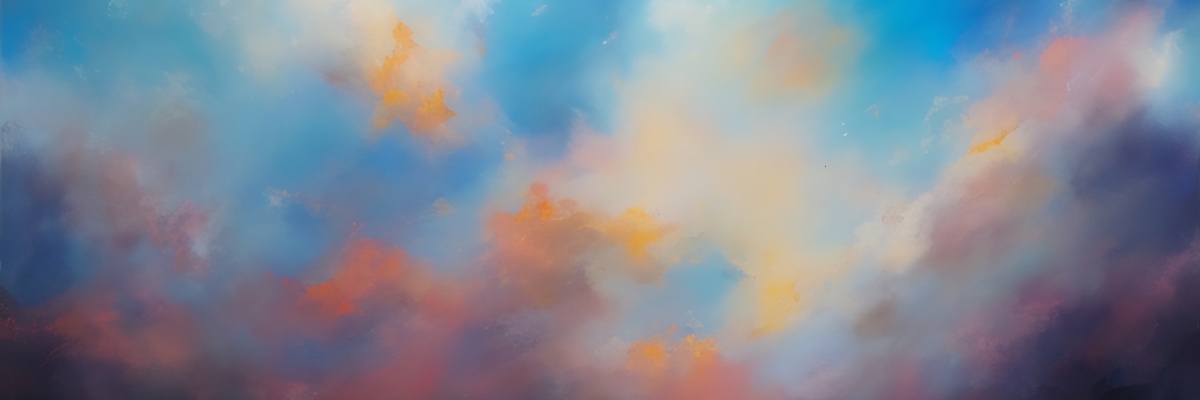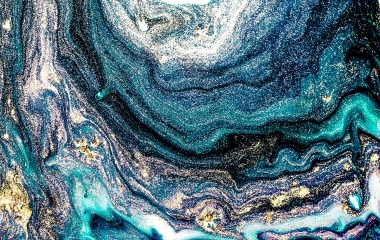
Moed Katan has as its focus two contradictory themes: the laws of Chol Hamoed and of aveilut, mourning. Chol Hamoed is a time when we are obligated in the mitzvah of simcha, joy, whereas mourning is the time when we are obligated to be sad. The actions related to these mitzvoth—eating meat, drinking wine, wearing beautiful clothes, learning Torah, or conversely wearing torn clothes, the prohibition to study Torah, and at least for an onen (a mourner between the time of death and burial), the prohibition of meat and wine—are outer expressions of the emotions we are supposed to feel at these very opposite times. As halacha does not allow for the same day to reflect opposing moods,[1] when there is a death on Chol Hamoed, the shiva does not begin until after Yom Tov is over.
Aside from any halachic or emotional differences, Chol Hamoed and aveilut differ from a social perspective. There are few laws more widely observed that those of mourning, and few laws less observed than those of Chol Hamoed. Whether based on feelings of guilt, recognition of our mortality, the wonderful sense of caring and community generally displayed, or the psychological healing they offer, the laws of mourning are observed by many otherwise non-observant Jews. For many, they have been a vehicle to greater and more serious involvement in Jewish life. None of these factors come into play on Chol Hamoed; and combined—at least outside of Israel—with missing so many days of work for Yom Tov, Chol Hamoed is often much neglected.
What unites the two is the prohibition to work, work being a distraction from the mood of the day. A mourner’s focus must be on mourning, to appreciate the fragility of life—themes contradicted by work, which emphasizes stability and permanence. Chol Hamoed is a time we are to focus on spiritual matters, on family and festivities, not the day-to-day grind of the workplace.
The prohibition of work on Chol Hamoed and aveilut is very different from the prohibition of work on Shabbat. In the latter case, it is not work, per se, that is prohibited, bur rather creative or transformative work—our refraining from such demonstrating our belief that we are junior partners to G-d in the creative process. We thus find many exceptions to the prohibition of working—especially on Chol Hamoed—and it is these exceptions which are the focus of the first chapter of the masechet.
The opening Mishnah teaches that one may water a field which for which rainfall does not suffice—the subject of maintaining one’s fields being the major theme of the first chapter, quite understandable in an agrarian society.
We are introduced to the aspect of mourning in the second chapter where, due to being in mourning, one was prevented from finishing necessary work before Yom Tov. In such a situation, work that would otherwise have been prohibited on Chol Hamoed becomes permissible. The chapter continues by discussing some of the laws of commerce on Chol Hamoed—the Mishnah allowing it when “the seller has no food to eat”. This leniency was extended to other cases of monetary loss, but not to a case of opportunity cost—the money not gained due to not working[2].
The third and final chapter of Moed Katan begins with a law that unites these two very different days: the prohibition to shave. While the law may be the same, the rationale is very different. Not shaving is one of the basic signs of mourning, and one ought to be obligated to shave on the festive days of Chol Hamoed, when mourning is prohibited. And such is true, in theory.
Yet human nature forced the rabbis to amend the law. In Talmudic times, shaving was very time consuming. As people were very busy on erev Yom Tov but had lots of time on Chol Hamoed, many postponed shaving until Chol Hamoed. In order that “people not enter the holiday when they are disheveled,” the Rabbis forbade shaving on Chol Hamoed, forcing people to find the time on erev Yom Tov to shave. Whether such should still apply is a major dispute, with many arguing that today, we are obligated to shave on Chol Hamoed.
The remaining parts of the chapter detail the laws of mourning. The last Mishnah ends by quoting the prophecy of Isaiah that, “He will swallow up death forever; and the Lord G-d will wipe away tears from off all faces” (Isaiah 25:8). May that day come soon.
[1] It is for this reason that the Torah has Yom Kippur beginning on the 9th of Tishrei. This festive day is when we celebrate the reestablishment of the Covenant and the receiving of the Torah, which took place on Yom Kippur. The “second day” of Yom Kippur is when the focus shifts to begging and demanding forgiveness. We have a similar idea on Purim, which is preceded by Ta’anit Esther; and in modern times, before we can celebrate Yom Ha’atzmaut, we must observe the pain and suffering needed to achieve a State on Yom HaZikaron.
[2] We have a similar concept by the mitzvah of kivud av v’eim. While one need not spend one’s own money to fulfill this mitzvah, one must invest time in doing so, time that you would otherwise have spent at work.



